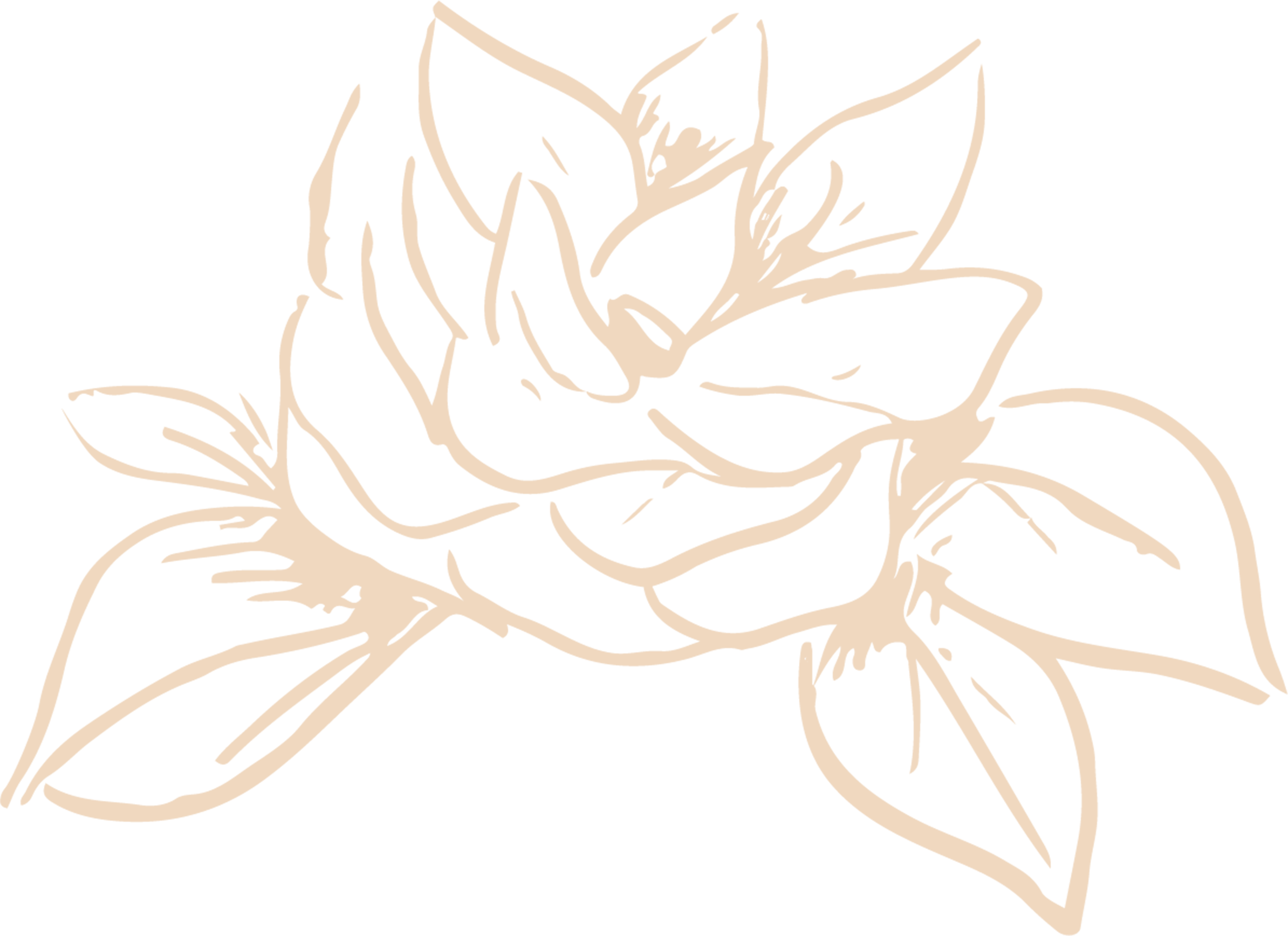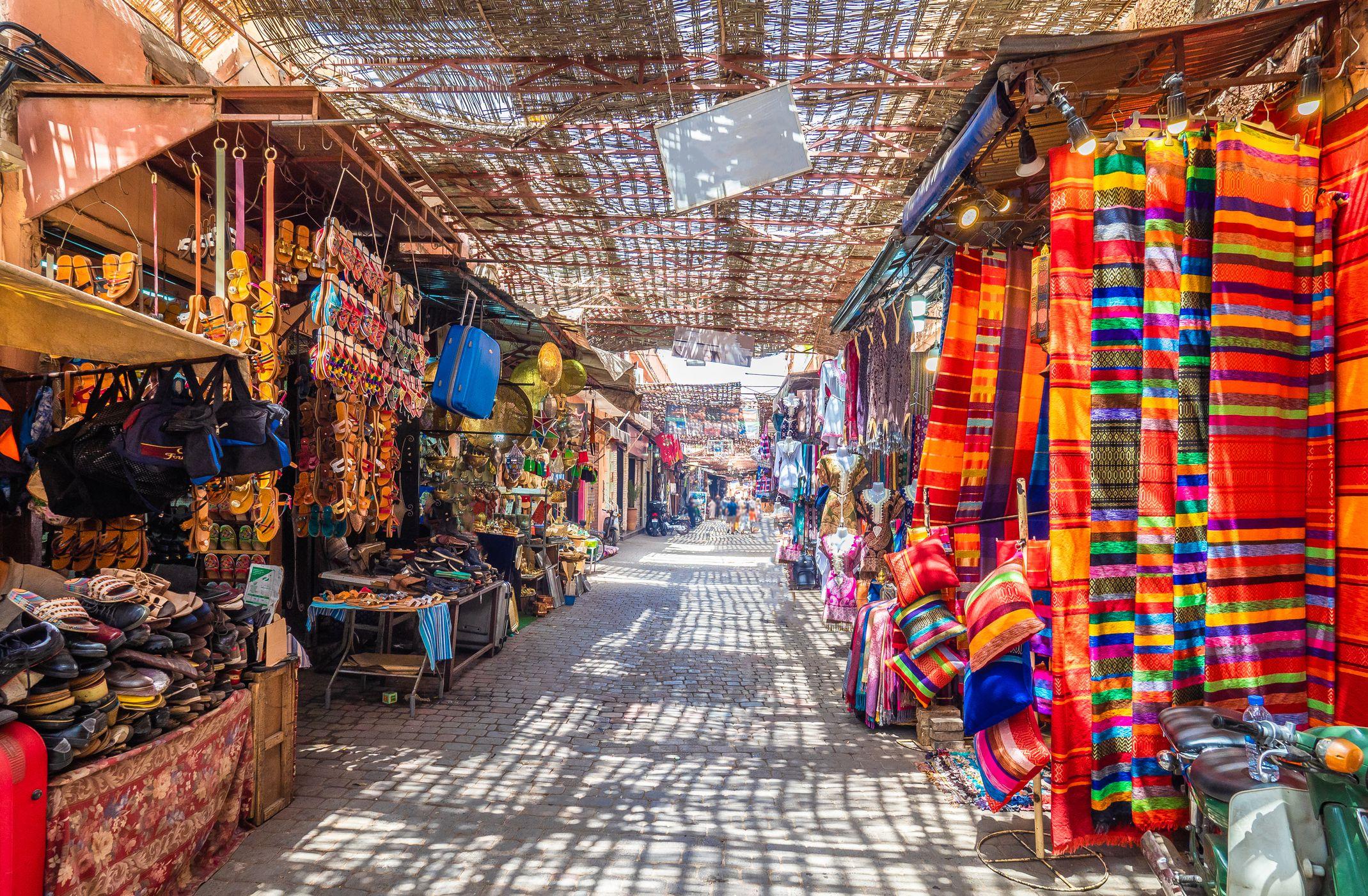Amanda & MarcusOreiliusAmanda & MarcusOreilius

FAQsFAQs

Question
Customs While Visiting MoroccoCustoms While Visiting Morocco
Answer
When visiting Marrakech, it’s important to be aware of certain cultural norms and practices to ensure a respectful and enjoyable experience. Here are things to avoid doing in Marrakech: Don’t Dress Immodestly: While Morocco is relatively relaxed compared to some countries, modest dress is appreciated, particularly in more traditional areas. Wearing clothing that covers shoulders, chest, and knees is respectful, especially when visiting religious sites. Refrain from Taking Photos Without Permission: Many Moroccans are sensitive about being photographed, especially women, children, and shopkeepers. Always ask for permission first, and be respectful if someone declines. Avoid Pointing and Using Your Left Hand: Pointing at people or using your left hand when giving or receiving items is seen as impolite. The right hand is traditionally used for eating and interacting with others. Refrain from Public Intoxication: Alcohol is available in some hotels, bars, and restaurants catering to tourists, but public intoxication is generally frowned upon. Don’t Haggle Aggressively: Haggling is common in Marrakech's souks, but there is an art to it. Avoid being overly aggressive, and remember that politeness and friendliness go a long way. If you reach a stalemate, politely decline and move on. Avoid Entering Mosques: Unlike other Muslim-majority countries, most mosques in Morocco, including the Koutoubia Mosque in Marrakech, are not open to non-Muslims. Avoid entering unless you have permission or it’s explicitly allowed. Be Cautious of Guides and Services: Some individuals may offer unsolicited tours or help, expecting payment afterward. Politely decline if you’re not interested or prefer to navigate on your own.
Question
Marrakech's SignificanceMarrakech's Significance
Answer
Marrakech, known as the "Red City" due to its reddish clay buildings, was founded in 1070 by the Almoravid dynasty and has been a cultural, religious, and trading hub for centuries. It's one of Morocco's four imperial cities, alongside Fez, Meknes, and Rabat.
Question
Marrakech Main Square - Jemaa e-FnaaMarrakech Main Square - Jemaa e-Fnaa
Answer
The city's main square, Jemaa el-Fnaa, is an iconic UNESCO World Heritage site. Known for its lively atmosphere, it hosts a daily carnival of street performers, storytellers, snake charmers, food stalls, and traditional musicians, embodying Morocco's vibrant street culture.
Question
The RiadsThe Riads
Answer
Marrakech is famous for its traditional Moroccan houses, called "riads." These homes have central courtyards, often decorated with intricate tilework, fountains, and lush gardens, reflecting Moroccan design principles of privacy and tranquility.
Question
Souk LifeSouk Life
Answer
The city’s souks or markets are famous for their winding, colorful alleys filled with artisanal products like rugs, pottery, spices, leather goods, and jewelry. Marrakech’s souks offer an immersive experience in Moroccan handicrafts and traditional bargaining.
Question
Marrakech CuisineMarrakech Cuisine
Answer
Marrakech cuisine is known for dishes like tagine (slow-cooked stew), couscous, and pastilla (a savory pastry). Spices like cumin, saffron, cinnamon, and ginger are central, and mint tea is a cultural staple, often served as a gesture of hospitality.
Question
The ArchitectureThe Architecture
Answer
The city boasts stunning examples of Islamic architecture, including the Koutoubia Mosque, known for its grand minaret, and the Ben Youssef Madrasa, which showcases exquisite Moroccan tilework and carvings.
Question
The GardensThe Gardens
Answer
Marrakech is home to famous gardens, such as the Jardin Majorelle, which was designed by French painter Jacques Majorelle and later restored by fashion designer Yves Saint Laurent. These gardens offer serene escapes from the city’s bustling streets.